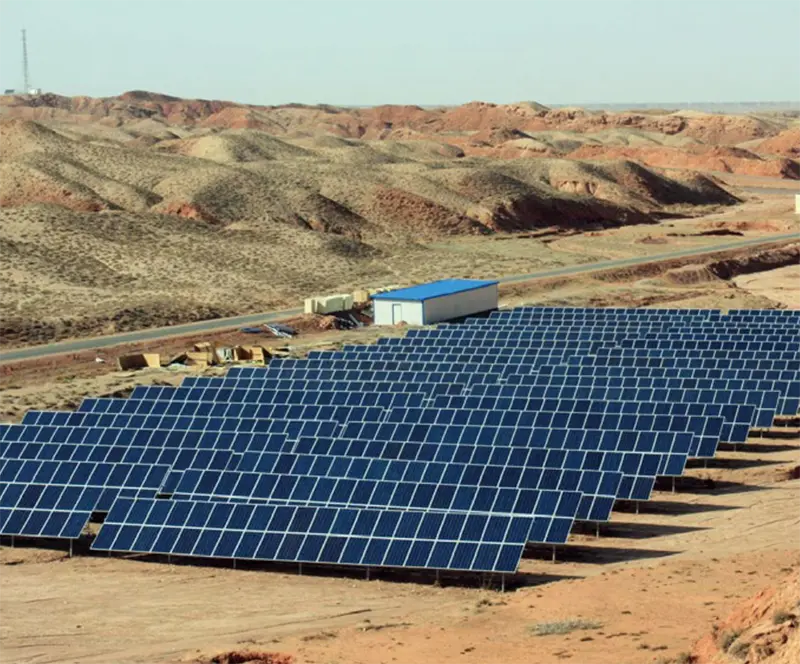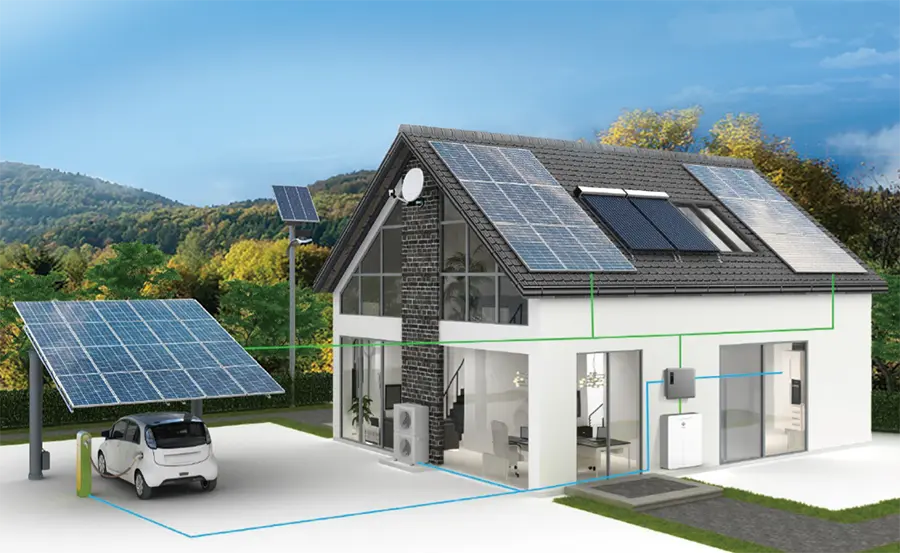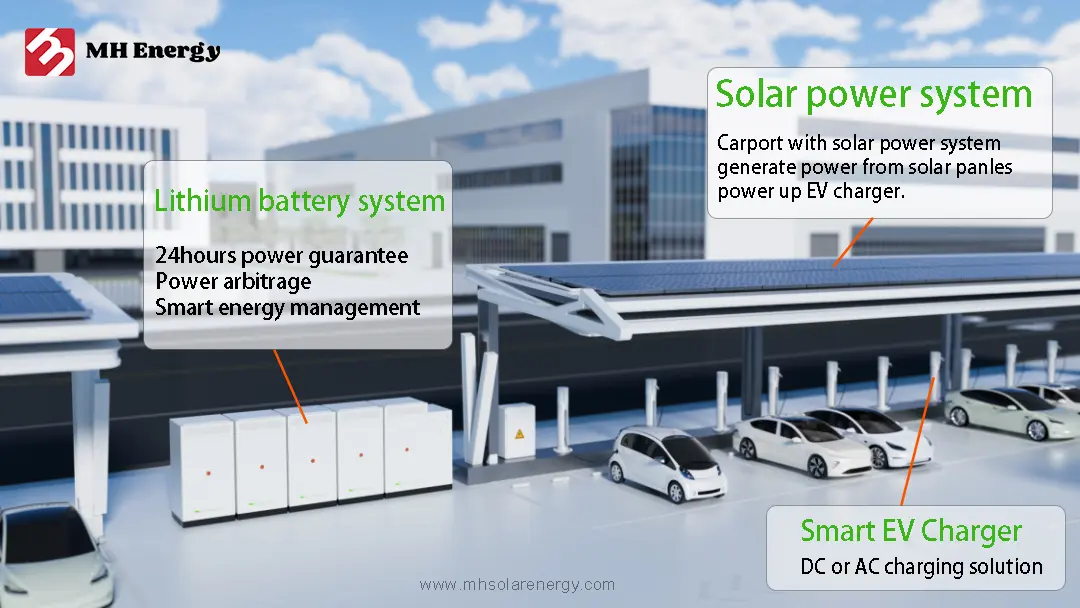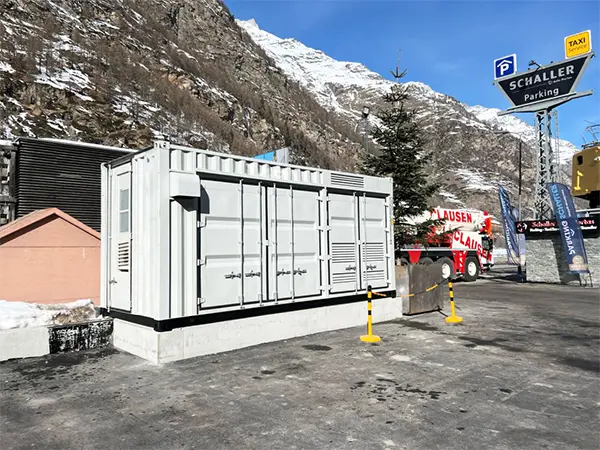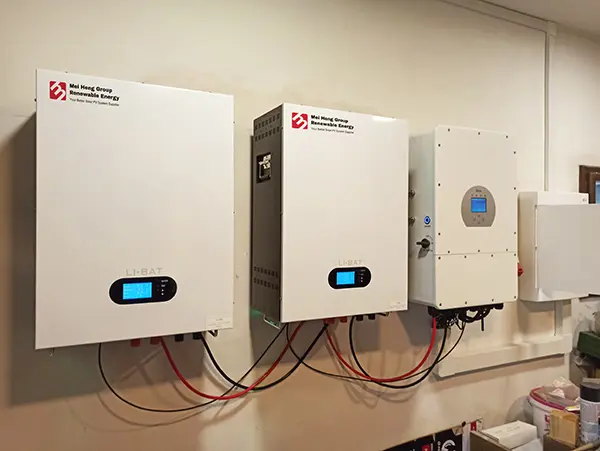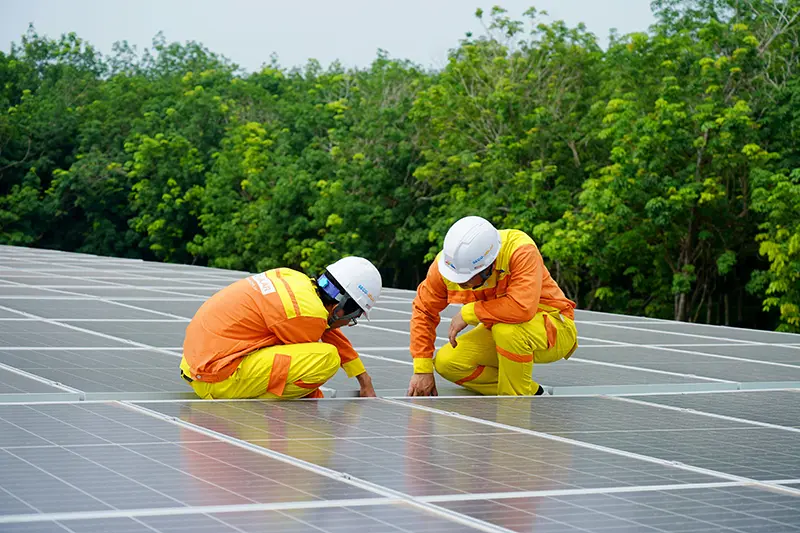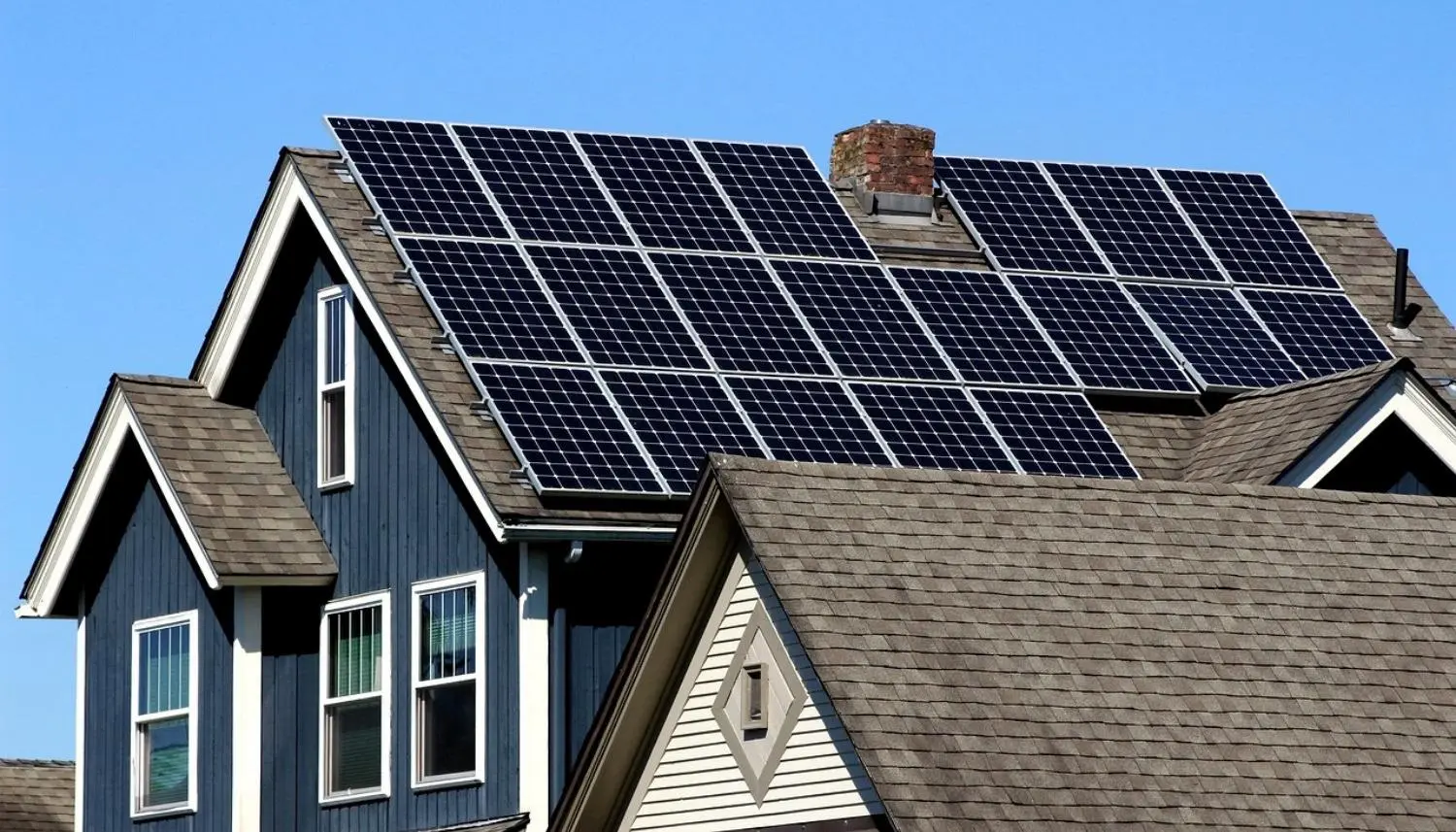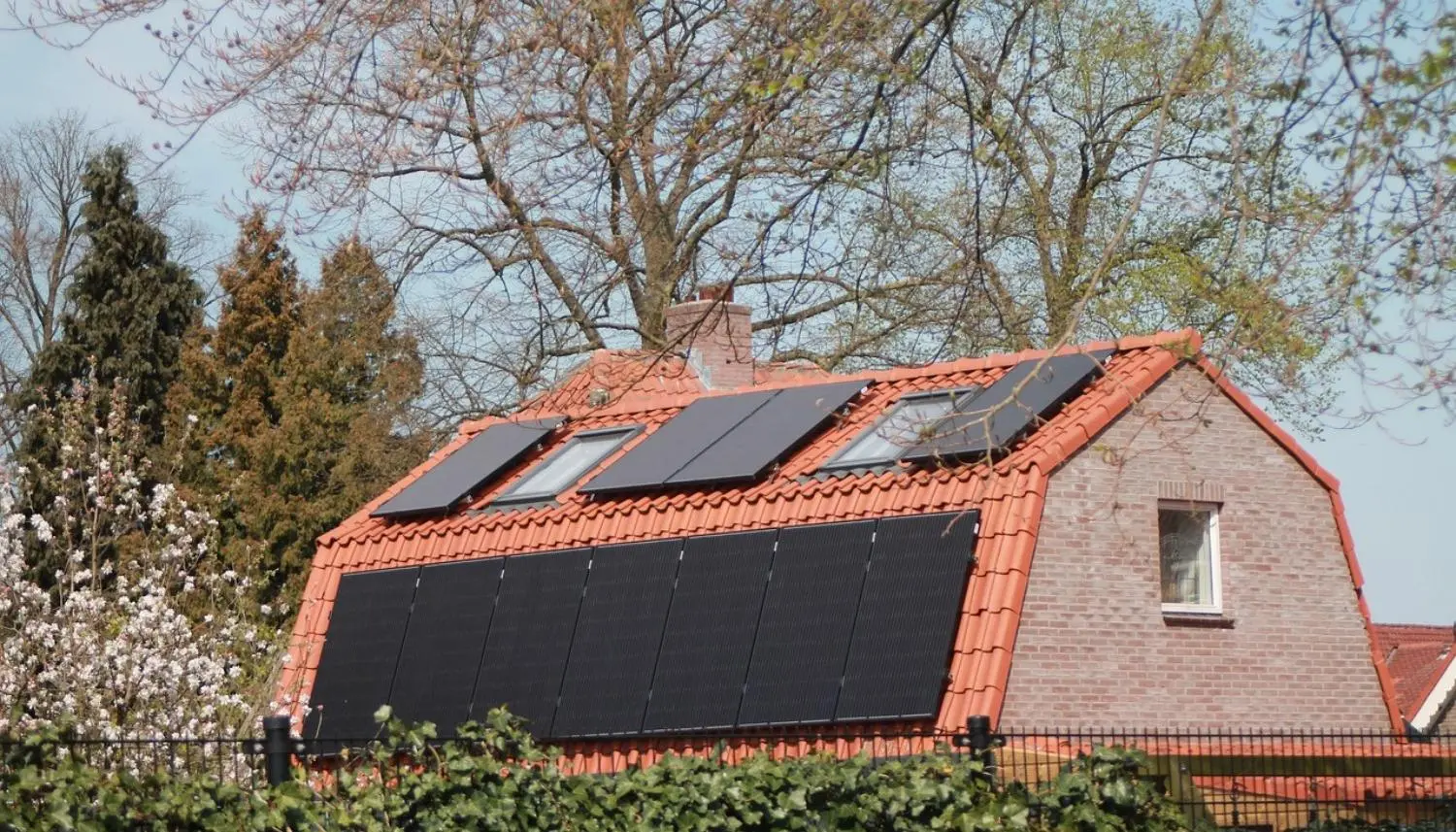No fear of blackout, why your business need solar energy solutions
With the increasing construction and deployment of C&I PV systems, Solar Power is becoming more widely accepted. However, its inherent limitations are also becoming more apparent. In addition to solar power’s natural intermittency and instability, a major drawback of grid-connected PV systems is that when the grid goes down, even in full sunlight, the grid-tied inverter cannot operate and therefore cannot supply power to the facility.
This is because standard grid-tied inverters are designed not only to synchronize with grid frequency and voltage but also to prevent islanding—a safety feature that stops the system from operating independently when the grid is down. However, most commercial and industrial users still hope that in the event of a grid outage, their rooftop PV systems can continue supplying power to critical loads.
This goal can be achieved through integrated solar-plus-storage systems designed for C&I applications.

DC-Coupled vs. AC-Coupled Integration
C&I solar-plus-storage systems typically come in two configurations: DC-coupled and AC-coupled.
DC-coupled systems are suited for new installations. These systems use an all-in-one hybrid inverter, integrating PV and battery storage functions into a single device. The structure is simple and requires only one inverter to manage both solar generation and battery charging/discharging (see Figure 3).

Figure 3: DC-Coupled Integrated Solar-Storage System for C&I Applications
AC-coupled systems are ideal for existing Pv Installations that require added energy storage. In this setup, a separate battery inverter is added on the AC side to work alongside the existing grid-tied PV inverter. The two inverters operate in coordination to ensure a stable and reliable power supply (see Figure 4).

Figure 4: AC-Coupled Integrated Solar-Storage System for C&I Applications
What Is a C&I Solar-Storage Integrated System?
This system combines photovoltaic generation with energy storage and can operate independently of the traditional power grid. It offers flexible energy management tailored to actual demand and can be controlled either manually or automatically through an Energy Management System (EMS).
In normal operation, the system functions just like a standard grid-tied PV system: it supplies power for on-site consumption and feeds excess electricity into batteries or the grid. However, in the event of a grid outage, the EMS sends a signal to disconnect from the grid, creating an isolated local power network. The EMS then activates the storage inverter to begin supplying power, after which the PV system automatically resumes generation in off-grid mode to support internal power needs.

A Strategic Solution for the Energy Transition
As China accelerates its low-carbon transition and progresses toward its dual carbon targets, national policies and market forces are encouraging the development and utilization of renewable energy. Rooftop PV systems are now widely deployed on commercial and institutional buildings such as factories, office buildings, schools, hospitals, hotels, and shopping centers. These distributed PV systems enable self-generation and self-consumption, with surplus power either exported to the grid or stored for later use.
By combining solar with energy storage, these systems greatly improve the stability and reliability of solar power, even during grid outages. This integration not only reduces the facility's electricity costs and eases the burden on the grid, but also supports higher on-site energy consumption rates—making them economically attractive for both users and investors.
C&I PV investments are considered relatively low risk and offer stable returns, making them increasingly popular. Integrated solar-plus-storage systems are emerging as the mainstream solution for resilient and intelligent C&I energy supply.

Benefits and Outlook
Integrated C&I solar-plus-storage systems are decentralized, autonomous, and reliable, helping reduce reliance on traditional energy sources, lowering grid stress, and addressing the growing demand for energy security. They help users cut energy costs while delivering a stable and dependable power supply, effectively preventing losses from power outages or interruptions.
As a high-efficiency, reliable, and environmentally friendly energy solution, C&I integrated systems have broad application prospects. With continuous technological advancements and declining costs, these systems are poised to play an increasingly important role in the commercial and industrial energy sector.


